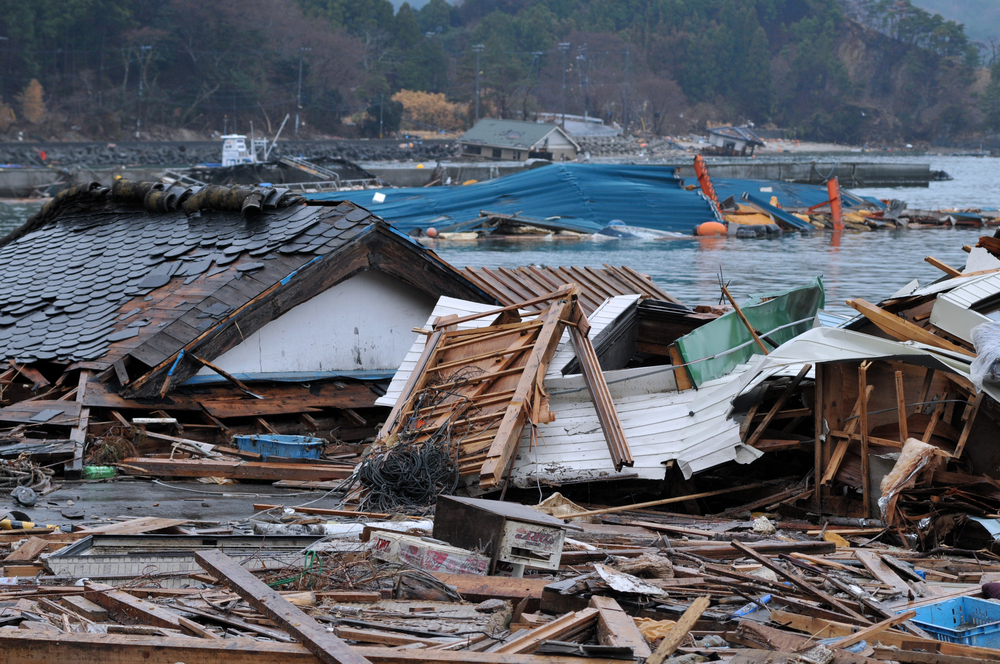Massive quake could trigger waves powerful enough to destroy entire towns.
Others are reading now
A devastating wall of water tearing across cities may sound like science fiction — but for parts of the U.S., it’s a real possibility.
Three Regions at Risk
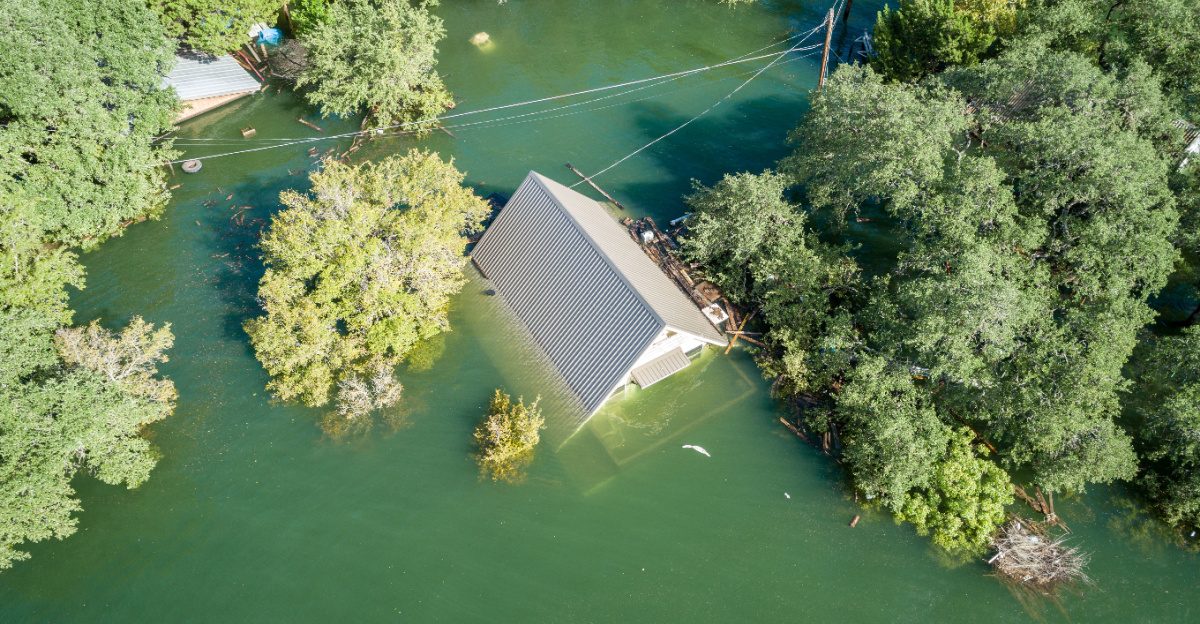
Scientists have identified three high-risk areas where a mega tsunami could strike: the Pacific Northwest, Alaska, and Hawaii.
The biggest concern lies along the Cascadia subduction zone, a fault line stretching from Northern California to Vancouver Island.
Experts say a massive earthquake here could trigger catastrophic flooding and land collapse, potentially impacting millions.
Also read
The Cascadia Subduction Zone
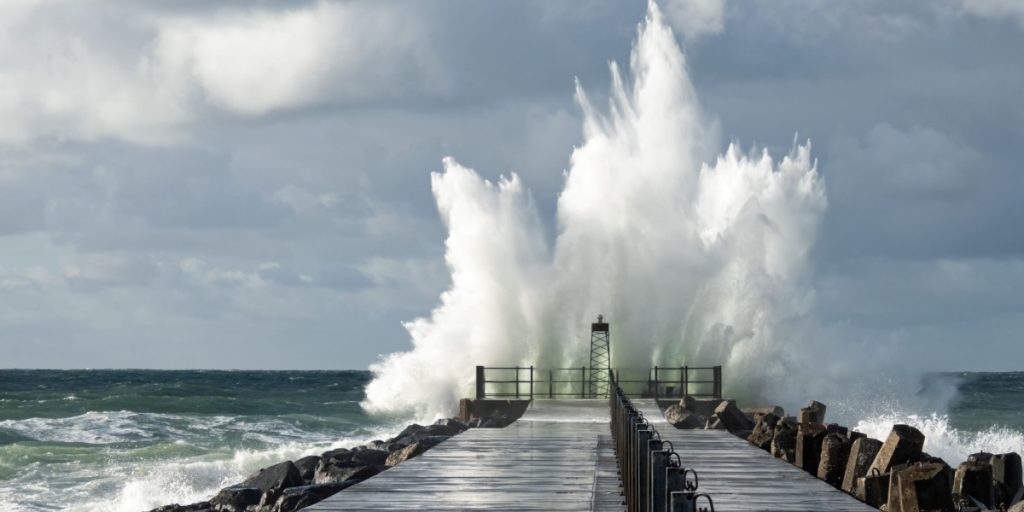
Running offshore from northern California to Canada, the Cascadia subduction zone can produce earthquakes over magnitude 8.0.
A new PNAS study warns that such a quake could cause land to sink by up to 6.5 feet, expanding flood zones and severely damaging infrastructure.
“This expansion of the coastal floodplain has not been previously quantified,” said lead author Tina Dura, a Virginia Tech professor. She noted that such changes would make recovery even harder.
Experts estimate a 15% chance of a major quake here within the next 50 years.
The Power of a Mega Tsunami
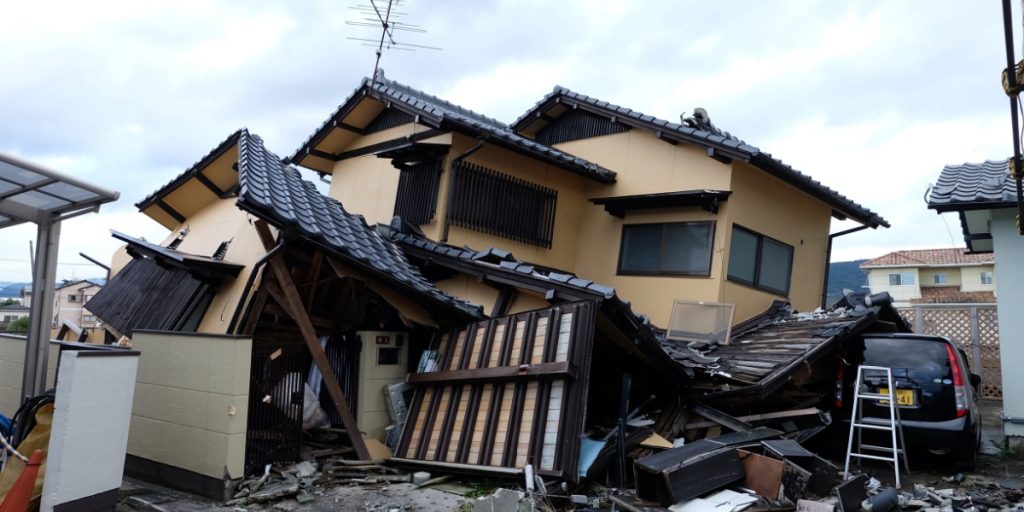
Unlike the rolling waves at the beach, mega tsunamis are towering walls of water that can travel at highway speeds. They are triggered by dramatic shifts in the Earth’s crust caused by earthquakes, landslides, or volcanic eruptions.
In the Pacific Northwest, the danger extends beyond the initial earthquake. Land sinking, combined with rising sea levels, could send massive waves far inland.
River Communities at Greatest Risk
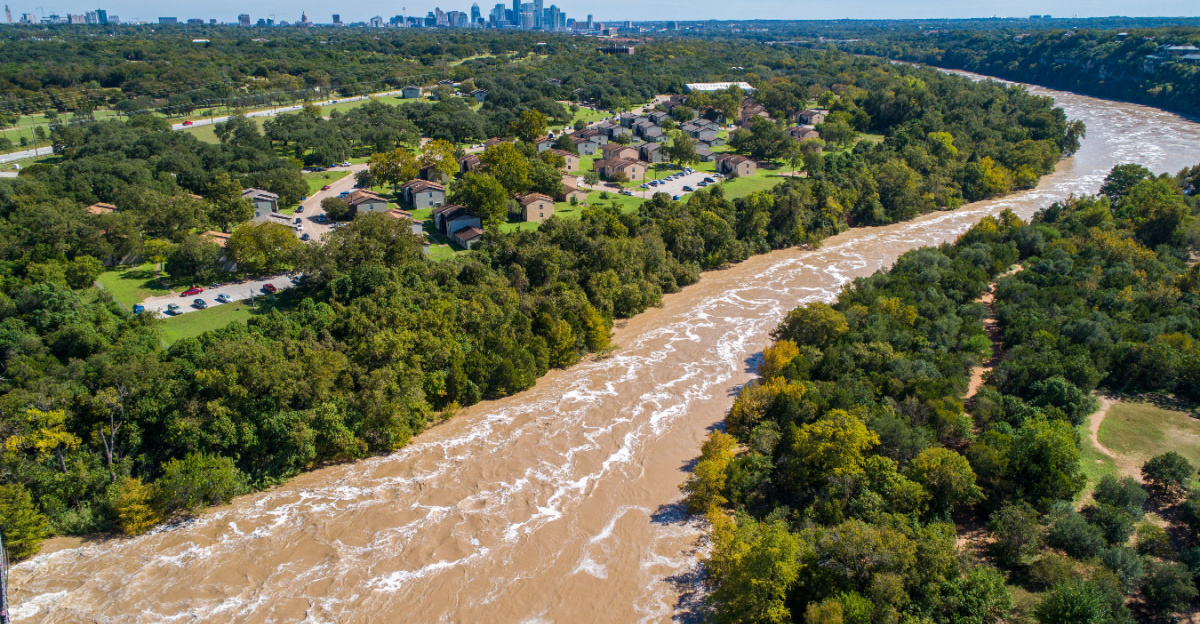
Communities located near river mouths and bays, which are common in Oregon and Washington, are especially vulnerable.
“Most estuaries have a community in them, and they’re all right in the zone of subsidence,” said Dura
Alaska and Hawaii Face Unique Risks
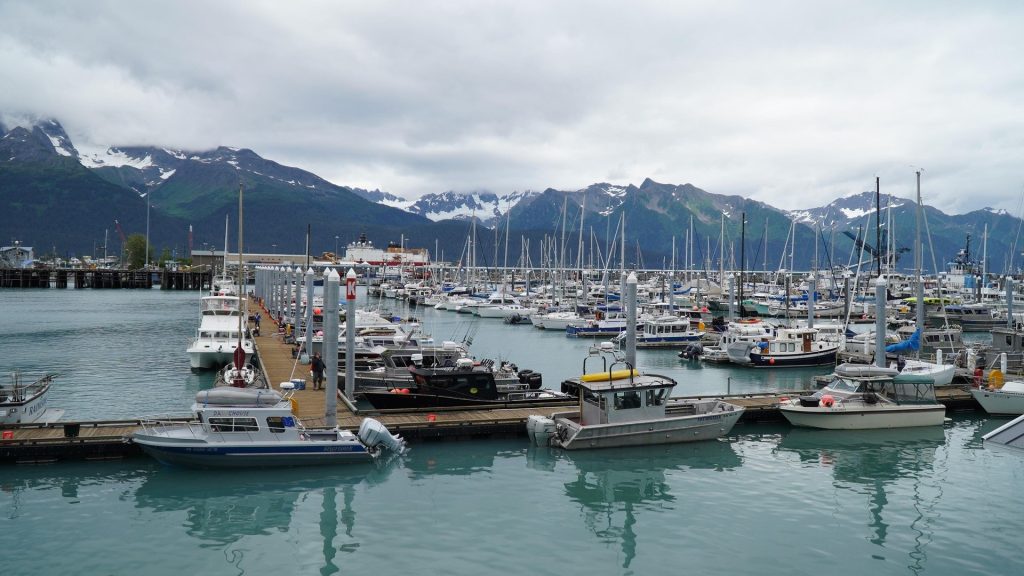
Alaska’s rugged terrain and seismic activity already make it one of the most earthquake-prone states.
But now, warming temperatures and melting glaciers are increasing the risk of landslides, and by extension, tsunamis.
Hawaii has a long, dangerous history with massive waves caused by collapsing volcanoes.
Around 105,000 years ago, scientists believe a mega tsunami over 1,000 feet tall hit the island of Lanai after a large piece of land fell into the ocean.
The threat continues today with active volcanoes like Mauna Loa and Kilauea shaping the islands and keeping geologists on alert.
A Ticking Clock Along the Ring of Fire
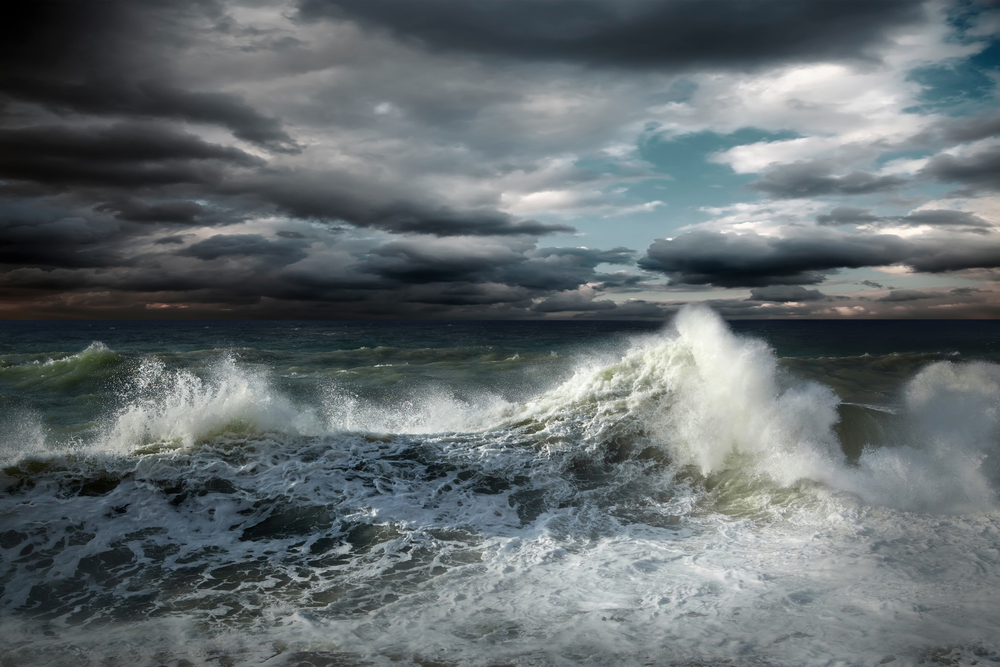
All of these regions sit on the Pacific Ring of Fire, an area marked by frequent earthquakes and volcanic eruptions.
The last major Cascadia earthquake struck in 1700, and scientists believe the region is overdue for another large event.
Although the exact timing of the next quake is uncertain, geologists are unanimous: it’s not a question of if, but when.
How to Prepare
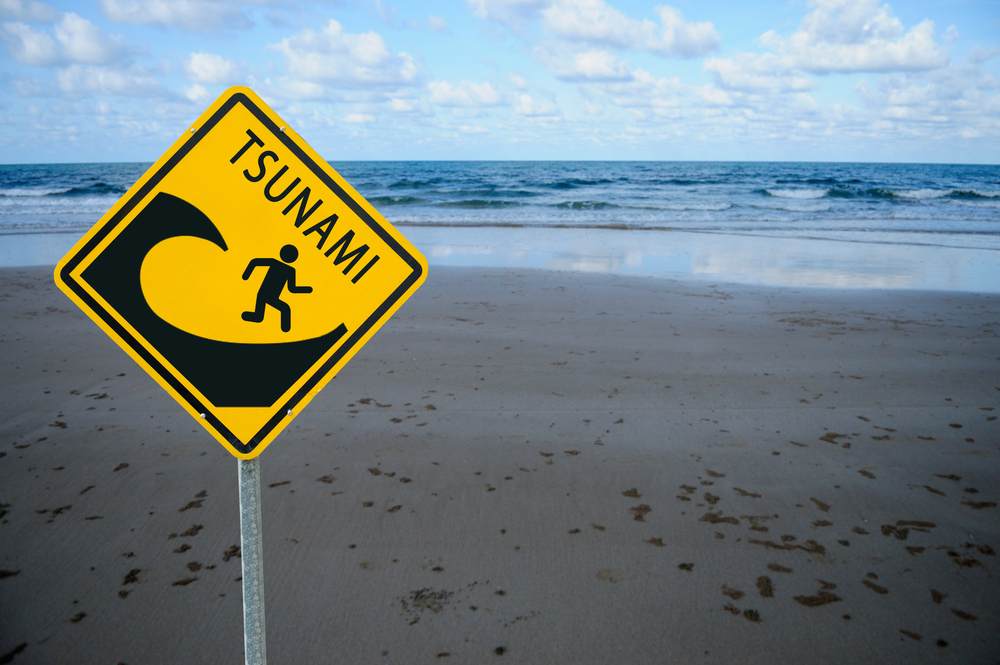
While a mega tsunami cannot be prevented, awareness and preparation are critical.
Residents near the coast should:
- Learn local evacuation routes
- Sign up for emergency alerts
- Have a family disaster plan
- Keep supplies and documents ready

